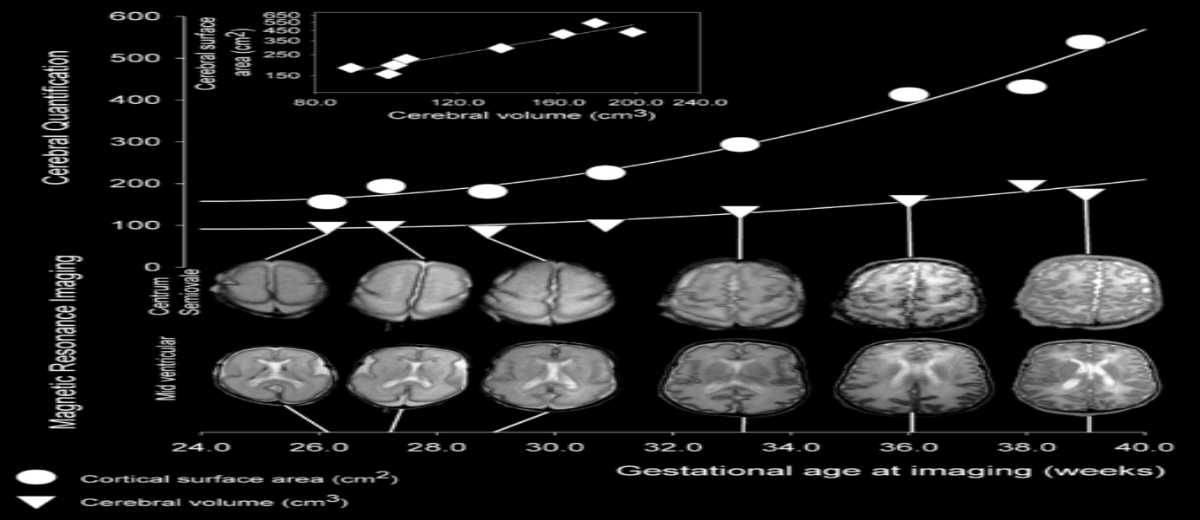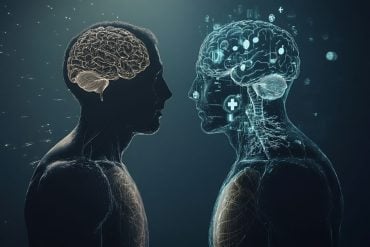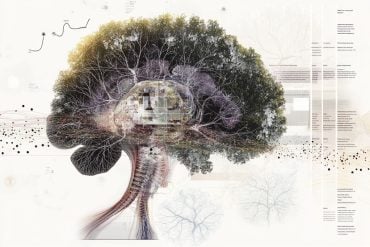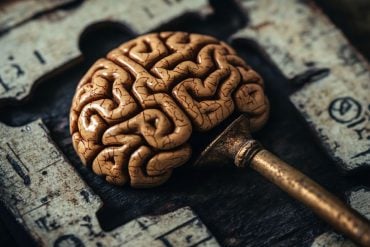The human brain develops with an exquisitely timed choreography marked by distinct patterns of gene activity at different stages from the womb to adulthood, Yale researchers report in the Dec. 26 issue of the journal Neuron.
The Yale team conducted a large-scale analysis of gene activity in cerebral neocortex —an area of the brain governing perception, behavior, and cognition — at different stages of development. The analysis shows the general architecture of brain regions is largely formed in the first six months after conception by a burst of genetic activity, which is distinct for specific regions of the neocortex. This rush is followed by a sort of intermission beginning in the third trimester of pregnancy. During this period, most genes that are active in specific brain regions are quieted — except for genes that spur connections between all neocortex regions. Then in late childhood and early adolescence, the genetic orchestra begins again and helps subtly shape neocortex regions that progressively perform more specialized tasks, a process that continues into adulthood.
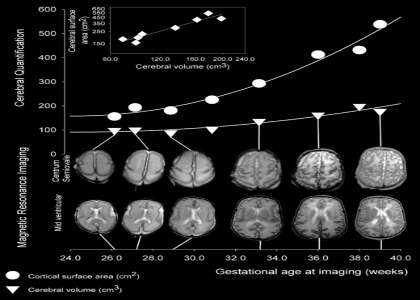
The analysis is the first to show this “hour glass” sketch of human brain development, with a lull in genetic activity sandwiched between highly complex patterns of gene expression, said Nenad Sestan, professor of neurobiology at Yale’s Kavli Institute for Neuroscience and senior author of the study. Intriguingly, say the researchers, some of the same patterns of genetic activity that define this human “hour glass” sketch were not observed in developing monkeys, indicating that they may play a role in shaping the features specific to human brain development.
The findings emphasize the importance of the proper interplay between genes and environment in the child’s earliest years after birth when the formation of synaptic connections between brain cells becomes synchronized, which shape how brain structures will be used later in life, said Sestan. For instance, disruptions of in synchronization of synaptic connections during child’s earliest years have been implicated in autism.
Sestan says the human brain is more like a neighorhood, which is better defined by the community living within its borders than its buildings.
“The neighborhoods get built quickly and then everything slows down and the neocortex focuses solely on developing connections, almost like an electrical grid,” said Sestan. “Later when these regions are synchronized, the neighborhoods begin to take on distinct functional identities like Little Italy or Chinatown.”
Notes about this neuroscience and neurodevelopment research
Mihovil Pletikos, Andre ́ M.M. Sousa, and Goran Sedmak of Yale are co-lead authors of the study. Other Yale authors are Kyle A. Meyer, Ying Zhu, Feng Cheng, Mingfeng Li and Yuka Imamura Kawasawa.
The work was funded by the National Institute of Mental Health, the James S. McDonnell Foundation, and the Kavli Foundation.
Written by Bill Hathaway
Contact: Bill Hathaway – Yale
Source: Yale press release
Image Source: The image is credited to Kapellou O, Counsell SJ, Kennea N, Dyet L, Saeed N, et al and is licensed Creative Commons Attribution 2.5 Generic.
Original Research: Abstract for “Temporal Specification and Bilaterality of Human Neocortical Topographic Gene Expression” by Mihovil Pletikos, André M.M. Sousa, Goran Sedmak, Kyle A. Meyer, Ying Zhu, Feng Cheng, Mingfeng Li, Yuka Imamura Kawasawa, and Nenad Šestan in Neuron. Published online December 26 2013 doi:10.1016/j.neuron.2013.11.018


